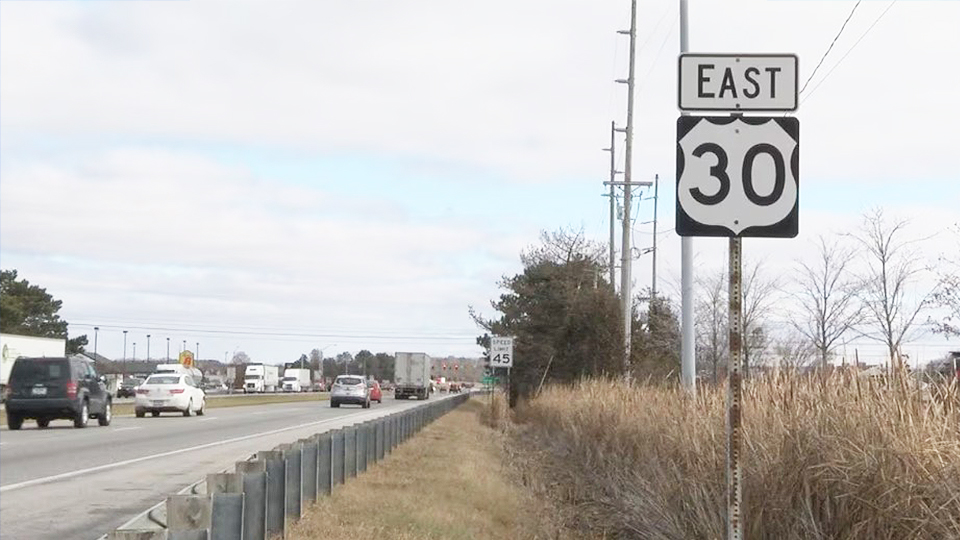INDOT identifies ‘Universe of Alternatives’ in US 30/31 studies
Subscriber Benefit
As a subscriber you can listen to articles at work, in the car, or while you work out. Subscribe Now
The Indiana Department of Transportation has unveiled the next steps in its studies of the U.S. 30 and U.S. 31 corridors in northern Indiana.
INDOT began its Planning and Environment Linkages studies, known as ProPEL U.S. 30 and ProPEL U.S. 31, last summer to evaluate the transportation needs of the corridors, which encompass a total of 180 miles across 12 counties.
The study teams gathered their own data on the corridors and held several public meetings this year to gather input from residents to create a list of concepts known as the Universe of Alternatives tailored to each study area.
INDOT Senior Project Manager Sandra Flum tells Inside INdiana Business said the ideas identified in the latest update will include things that residents may or may not like.
“What we are bound to do is to make sure our study is complete,” Flum said. “So we look at popular and unpopular things, but things that meet the need, in order to make sure that when we look back over the study, and when we have a final report that we can say it was a robust study that we didn’t discard just aimlessly things that didn’t work.”
Universe of Alternatives
The U.S. 30 corridor stretches from Valparaiso to the Indiana/Ohio state line, excluding I-69 and I-469 around Fort Wayne. The U.S. 31 corridor runs between Hamilton County and Plymouth, excluding the Kokomo bypass.
Each study is broken down into two study areas: U.S. 30 West and East and U.S. 31 North and South.
As part of the Universe of Alternatives, the study teams identified 55 potential solutions to address issues, needs and desired outcomes in each area. These are considered “high-level concepts” and are not associated with lines on a map, Flum said.
While the ideas are tailored to each study area, many are repeated across each area. Potential improvements include access management and median safety improvements; additional and/or extended turn lanes and acceleration lanes; and freeway conversion.
Some of the potential solutions were eliminated due to a lack of applicability or potential benefits to the corridors, such as added travel lanes, passenger rail, and tolling.
Public Response
Flum noted that public engagement has been higher for this process than previous initiatives that INDOT has undertaken. She said the goal for the project teams was to reach out and talk to people where they are.
“We didn’t expect people to always come to us,” she said. “So this summer, we spent a lot of time at festivals and fairs trying to make sure that we were hearing what people think about transportation in their communities and what’s the value for them. And that’s been pretty exciting.”
But it’s not just residents who are weighing in. Flum said the business community in all study areas are providing their input. She said the study teams are hearing about the economic opportunities that could be created with these improvements, as well as what the current stumbling blocks are.
“We’ve worked with individual businesses to make sure we understand what their long term plans are and how they use their access or their part of the corridor and many businesses, not just those who are traveling through the corridor, but those located on the corridor,” she said. “It’s a it’s a lifeline to get their products to and from their business, as well as their employees and get there safely.”
More than 1,800 people have provided comments on the studies thus far, and Flum said the study teams will continue to collect feedback throughout each step of the process over the next year.
Next Steps
The Universe of Alternatives is the first step of a three-step screening process for INDOT. Flum said there will be a period for conversation and public comment before moving on to the second step.
The public can provide feedback on the ProPEL US 30 and US 31 websites through Dec. 22. That feedback will be evaluated and INDOT plans to issue a final Universe of Alternatives.
Level 2 of the process will involve evaluation of the improvement concepts for specific locations within each study area. That evaluation will involve looking at the feasibility and impacts of each idea.
The study teams will then narrow the solutions down to a smaller number at the third step, which will see a more detailed evaluation focusing on the cost, impact and benefits of each idea.
INDOT expects to have a final report ready by next fall.
